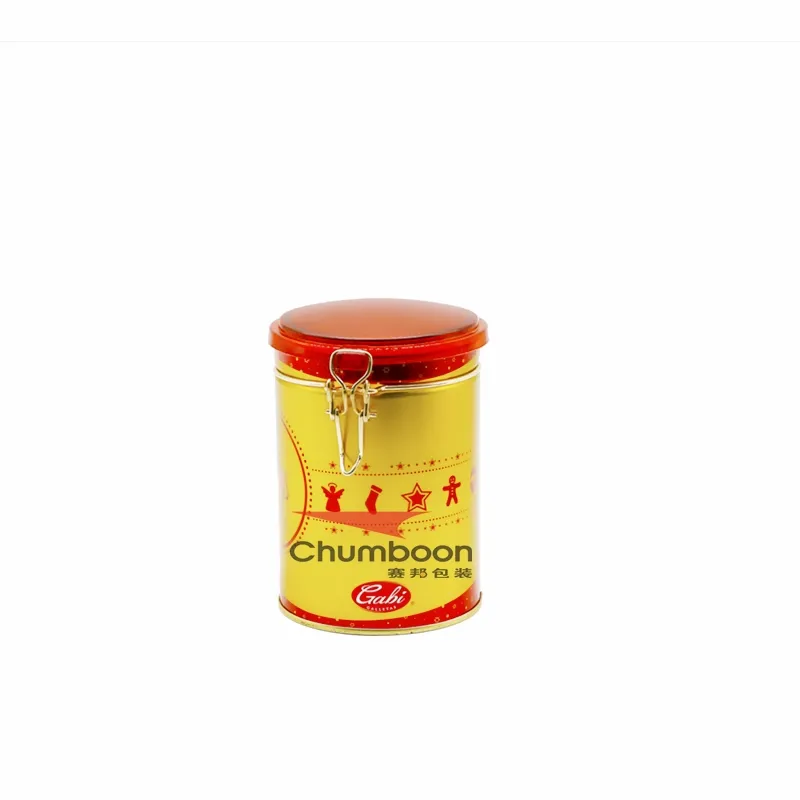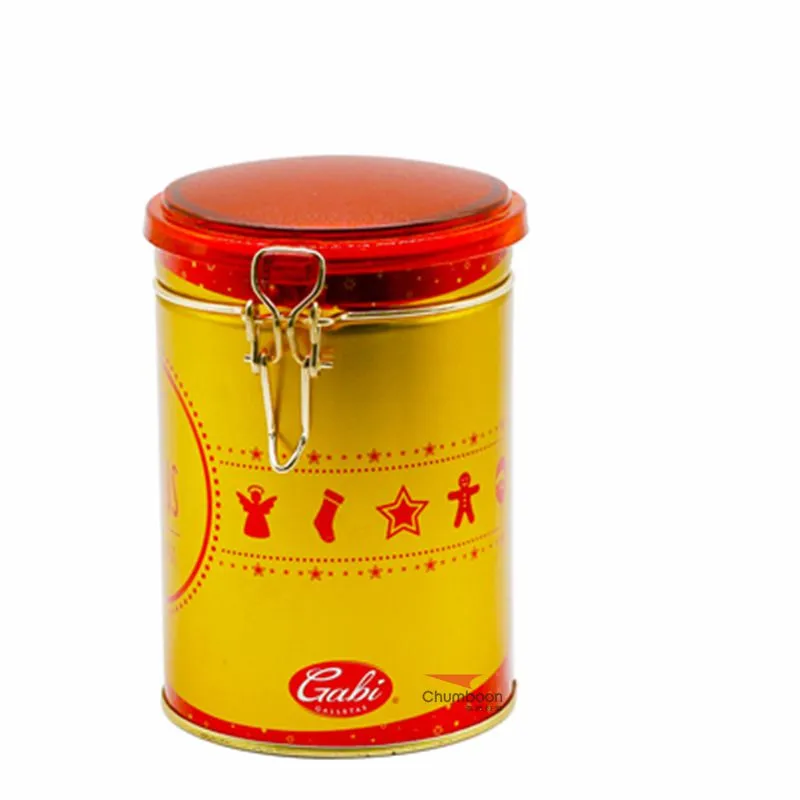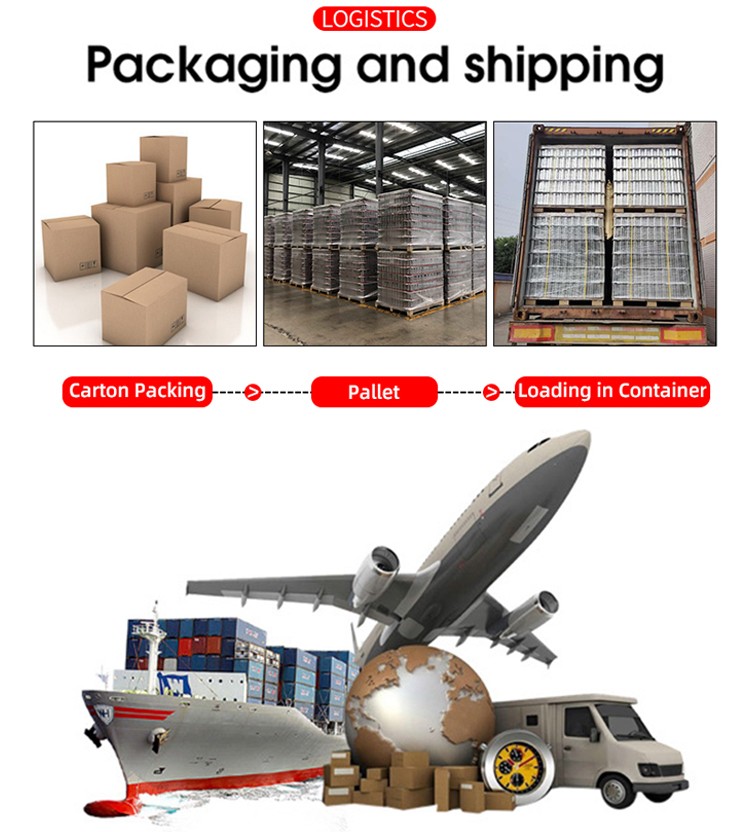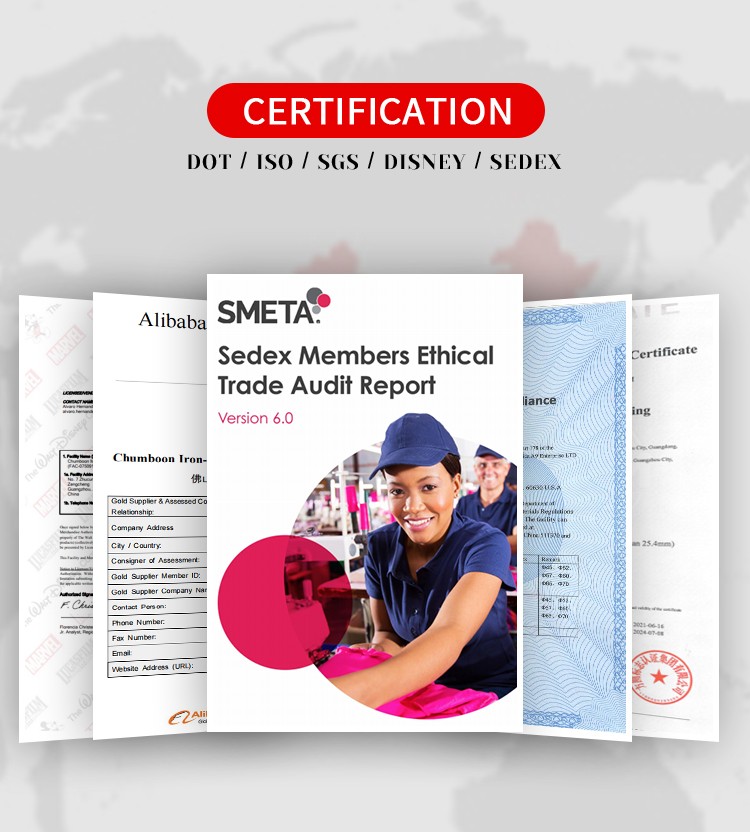Tin cans, as a common packaging container, are widely used in food, cosmetics, and gifts. Many people have a common misunderstanding about tin cans, thinking that tin cans are made of 100% tin.
So, are tin cans really made entirely of tin? This article will explore in detail the material composition, production process, and performance of tin cans in various applications to answer this common question.

Are tin cans made of 100% tin?
In fact, the vast majority of so-called "tin cans" are not made of pure tin, but of tinplate. Tinplate is a composite material with a layer of tin on the surface of an iron plate. Pure tin is not common in real-world applications for the following reasons:
1. Physical properties of tin
Tin is a relatively soft metal with a low melting point of only 231.9°C. In daily use, the softness and low melting point of pure tin make it easy to deform and unsuitable for use as a structural material. In contrast, iron has high strength and hardness and can provide sufficient mechanical support.
2. Cost factors
The price of tin is relatively high. If pure tin is used to make tin cans, the cost will increase significantly, which is not economical in commercial applications. Therefore, tin-plated iron has become a choice that combines performance and cost-effectiveness.
3. Process requirements
Tin-plated iron can effectively utilize the anti-corrosion properties of tin while maintaining the strength and hardness of iron by plating a thin layer of tin on the surface of the iron plate. This composite material can meet the packaging requirements and control costs, making it an ideal material choice.

What is the production process of tin-plated iron?
The production process of tin-plated iron mainly includes the following steps:
1. Iron plate preparation
First, the iron plate (usually low-carbon steel) required for the production of tin-plated iron needs to be pickled, cold-rolled, etc. to ensure that its surface is smooth and flat and the thickness is uniform. These iron plates are usually called black iron plates.
2. Electroplating tin
During the electroplating process, the black iron plate is immersed in an electrolyte containing tin ions, and the tin ions are reduced and deposited on the surface of the iron plate through an electric current. The electroplating process requires precise control of current, voltage and time to ensure that the tin layer is uniform and dense. The iron plate after electroplating is called tin-plated iron.
3. Annealing treatment
The iron plate after electroplating needs to be annealed to eliminate stress during processing and improve the toughness and ductility of the material. The annealing process is usually carried out at high temperature and the cooling rate needs to be controlled to obtain the ideal material properties.
4. Surface treatment
Finally, tin-plated iron needs to be surface treated to improve its corrosion resistance and aesthetics. Common surface treatment methods include painting, printing and glazing. These treatments can not only enhance the durability of tin-plated iron, but also add visual appeal to tin cans.

Application of tin cans in various fields
Tin-plated iron tin cans are widely used in many fields due to their excellent corrosion resistance, mechanical strength and beautiful appearance.
1. Food packaging
Food packaging is one of the most important application areas of tin-plated iron tin cans. Tin-plated iron has good corrosion resistance, which can effectively protect food from oxygen and moisture and extend the shelf life of food. In addition, the tin can has a strong seal, which can prevent the invasion of bacteria and microorganisms and ensure the hygiene and safety of food.
Common food packaging tin cans include candy cans, biscuit cans, tea cans and coffee cans. These tin cans can not only effectively protect food, but also have good printing performance, and can be printed with exquisite patterns and texts to enhance the market competitiveness of products.
2. Cosmetic packaging
Cosmetic packaging is also an important application area for tin-plated iron tin cans. Cosmetics usually need to have high-end and exquisite packaging to attract consumers' attention. Tin-plated iron tin cans are ideal for cosmetic packaging because of their beautiful appearance and good anti-corrosion performance.
Common cosmetic packaging tin cans include lipstick boxes, powder boxes and perfume bottle caps. These tin cans can not only effectively protect the quality of cosmetics, but also enhance the added value of products through exquisite printing and decoration.
3. Gift packaging
Gift packaging is another important application area for tin-plated iron tin cans. Gift packaging usually needs to have a high-end and exquisite appearance to show the value and taste of the gift. Tin-plated iron tin cans are ideal for gift packaging because of their unique metallic texture and good printing performance.
Common gift packaging tin cans include chocolate boxes, red wine gift boxes, and watch boxes. These tin cans can not only effectively protect gifts, but also enhance the grade and taste of gifts through exquisite printing and decoration.

What are the advantages and disadvantages of tin cans?
The wide application of tin-plated iron tin cans in various fields stems from its unique advantages, but it also has some shortcomings. Understanding these advantages and disadvantages will help consumers make more informed choices when purchasing and using tin cans.
Advantages of tin cans:
1. Strong anti-corrosion performance
The tin layer on the surface of tin-plated iron can effectively prevent the iron plate from contacting with air and moisture, preventing rust and corrosion. This allows the tin can to maintain a good appearance and performance for a long time and protect the items inside.
2. High mechanical strength
Tin-plated iron has high mechanical strength and can withstand external pressure and impact to protect the items inside from damage. This allows the tin can to have a good protective effect during transportation and storage.
3. Beautiful appearance
The surface of tin-plated iron is smooth and flat, which is easy to print and decorate. Through exquisite pattern and text printing, tin cans can enhance the beauty and market competitiveness of products.
4. Good processing performance
Tin-plated iron has good processing performance and can be made into tin cans of various shapes and sizes according to different needs. Through advanced processing technology, tin cans can meet the packaging needs of different industries and products.
Disadvantages of tin cans:
1. Heavy weight
Compared with plastic and paper packaging, tin-plated iron tin cans are heavier and not convenient to carry and transport. This limits the application scope of tin cans to a certain extent, especially in some areas where light packaging is in high demand.
2. High cost
The production cost of tin-plated iron tin cans is relatively high, especially when the price of raw materials fluctuates greatly, the cost advantage of tin cans is not obvious. This makes some companies prefer to choose lower-cost plastic or paper materials when choosing packaging materials.
3. Susceptible to external environment
Although tin-plated iron has good anti-corrosion properties, the anti-corrosion properties of tin cans may be affected under some extreme environmental conditions, such as high temperature, high humidity or strong acid and alkali environment. Therefore, when using tin cans, you need to pay attention to the storage environment and conditions to avoid unnecessary damage to the tin cans.

Conclusion
In summary, tin cans are not made of 100% tin, but of tinplate. Tinplate combines the anti-corrosion properties of tin and the mechanical strength of iron by coating the surface of the iron plate with a layer of tin, making it an ideal packaging material. Tinplate tin cans are widely used in food, cosmetics, and gift packaging due to their unique advantages. However, tin cans also have some disadvantages, such as heavy weight and high cost, which need to be paid attention to during use.
Understanding the material composition and characteristics of tin cans can help consumers make more informed choices when purchasing and using tin cans. At the same time, mastering the advantages and disadvantages of tin cans and precautions for use can better protect the internal items, extend the service life of tin cans, and improve their use effect.

